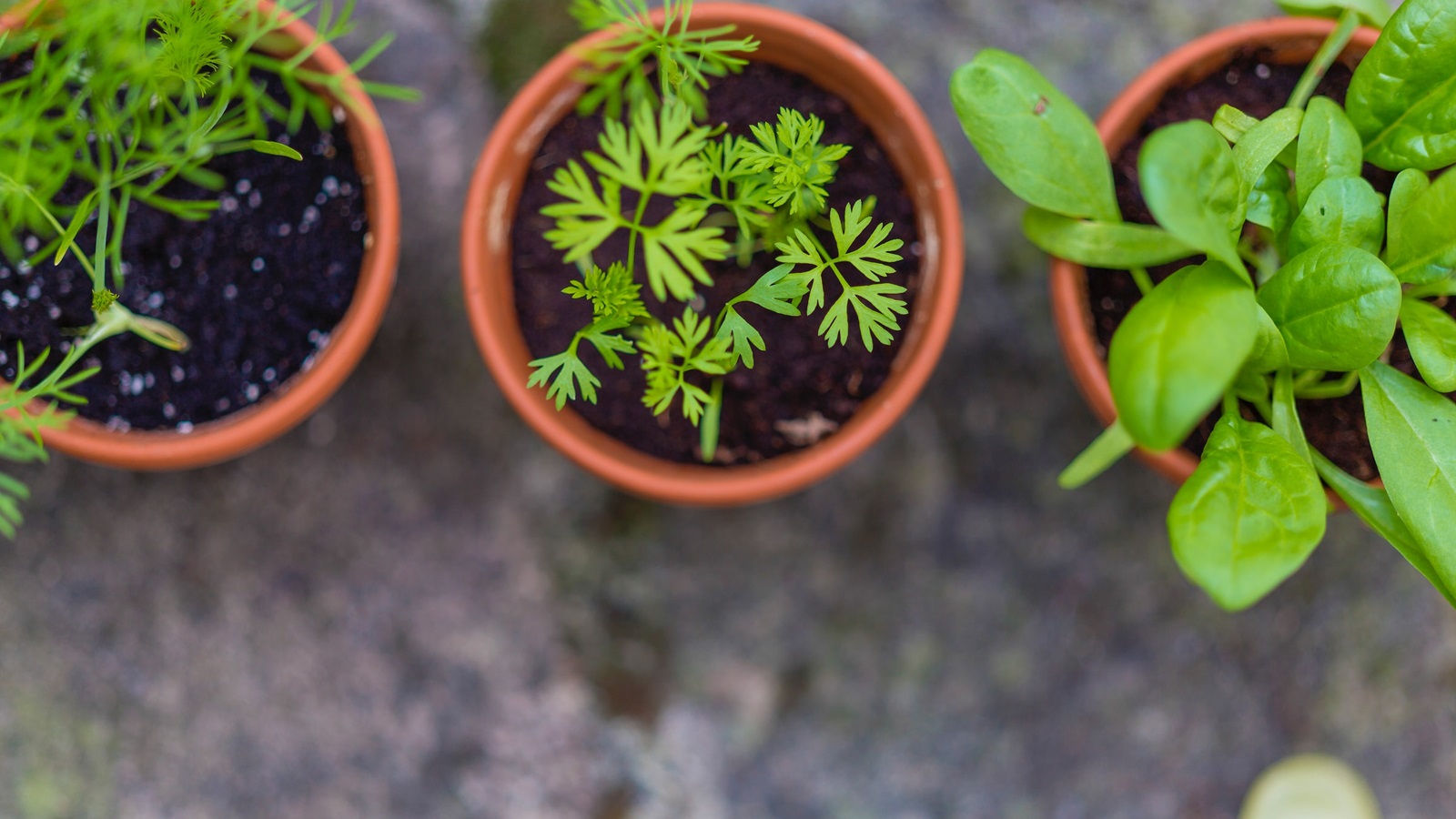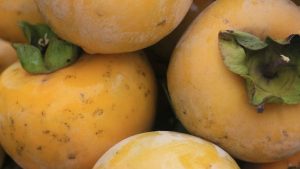
10 Tips for Growing Delicious Herbs in Your Garden
Herbs are a great addition to any garden, not only do they add flavor and nutrition to your meals, but they also have medicinal properties and can attract beneficial insects to your garden. Here are 10 tips for growing herbs in your garden.
#1 Basil
Basil is a warm-season herb that is easy to grow in well-drained soil in full sun. It is a versatile herb that can be used in a variety of dishes, from pasta sauces to salads. To keep basil productive, pinch off the tips of the branches to encourage bushier growth. When planting basil, make sure to space the plants about 18 inches apart to give them enough room to grow. Additionally, make sure to water basil regularly, as it prefers evenly moist soil.
Once the basil starts to flower, make sure to pinch off the flowers to promote leaf growth and prevent the plant from going to seed.
#2 Cilantro
Cilantro is a cool-season herb that prefers cooler temperatures and partial shade. It is a staple in Mexican and Asian cuisine and is used in salsa, guacamole, and curry dishes. To prevent cilantro from going to seed, which causes it to lose its flavor, regularly pinch off the flower stems. Cilantro is also known to bolt quickly in hot weather, so it is best to plant cilantro in the spring or fall when temperatures are cooler.
Keep the soil consistently moist but not waterlogged, and fertilize the plants with a balanced fertilizer every four to six weeks.
#3 Rosemary
Rosemary is a woody herb that prefers well-drained soil and full sun. It is a classic herb that pairs well with meats, vegetables, and bread. To keep rosemary bushy, trim it back after it blooms. Rosemary is also a perennial herb, which means it will come back year after year. However, it may struggle to survive in cold climates, so it’s best to plant it in a container that can be brought indoors when temperatures drop.
Additionally, Rosemary is a Mediterranean herb and prefers a slightly acidic soil with a pH range of 6.0 to 7.0.
#4 Thyme
Thyme is a perennial herb that prefers well-drained soil and full sun. It is a great herb for cooking and pairs well with meats and vegetables. To keep thyme from becoming too woody, trim it back after it blooms. Thyme is a low-maintenance herb that doesn’t require much care. However, it is important to make sure it doesn’t dry out, so water it regularly during hot and dry periods.
Additionally, Thyme is a Mediterranean herb, so it prefers well-drained soil with a slightly acidic pH range of 6.0 to 7.0.
#5 Mint
Mint is a perennial herb that prefers moist soil and partial shade. It is a refreshing herb that can be used in teas, sauces, and desserts. To prevent mint from becoming invasive, plant it in a container or in a specific area of the garden. Mint is a hardy herb that can grow in a variety of conditions, but it does prefer a slightly damp soil.
Additionally, Mint is a fast-growing herb, so it’s important to keep it trimmed to prevent it from taking over the garden.
#6 Sage
Sage is a perennial herb that prefers well-drained soil and full sun. It has a strong, earthy flavor and is often used in stuffing and sauces. To keep sage from becoming too woody, trim it back after it blooms. Sage is a hardy herb that can handle some drought, but it prefers consistent moisture.
Additionally, Sage is a Mediterranean herb, so it prefers well-drained soil with a slightly acidic pH range of 6.0 to 7.0.
#7 Parsley
Parsley is a biennial herb that prefers well-drained soil and partial shade. It is a versatile herb that can be used in a variety of dishes, from soups to salads. To keep parsley productive, pinch off the tips of the branches to encourage bushier growth. Parsley can be planted in the spring or fall and should be spaced about 12 inches apart.
It is also a good idea to fertilize the plants with a balanced fertilizer every four to six weeks.
Additionally, parsley prefers consistently moist soil and should be watered regularly, especially during hot weather.
#8 Oregano
Oregano is a perennial herb that prefers well-drained soil and full sun. It has a strong, pungent flavor and is often used in Mediterranean and Mexican cuisine. To keep oregano from becoming too woody, trim it back after it blooms. Oregano is a hardy herb that can handle some drought, but it prefers consistent moisture.
Additionally, Oregano is a Mediterranean herb, so it prefers well-drained soil with a slightly acidic pH range of 6.0 to 7.0.
#9 Dill
Dill is an annual herb that prefers well-drained soil and full sun. It is a classic herb used in pickling and with fish dishes. To keep dill from becoming too tall, pinch off the tips of the branches. Dill is best planted in the spring and should be spaced about 18 inches apart.
It prefers consistent moisture and should be watered regularly, especially during hot weather.
#10 Chives
Chives are a perennial herb that prefers well-drained soil and partial shade. They have a mild onion flavor and can be used as a garnish or in salads and soups. To keep chives from becoming too tall, trim them back after they bloom. Chives can be planted in the spring or fall and should be spaced about 6 inches apart.
It prefers consistent moisture and should be watered regularly, especially during hot weather.
Conclusion
In conclusion, growing herbs in your garden is a great way to add flavor, nutrition, and beauty to your outdoor space. With proper care and attention to their specific needs, these herbs can thrive in your garden and provide you with fresh, delicious herbs to use in your cooking. So, make sure to pay attention to the specific needs of each herb, such as light and soil requirements, to ensure they grow to their full potential. Happy gardening!













